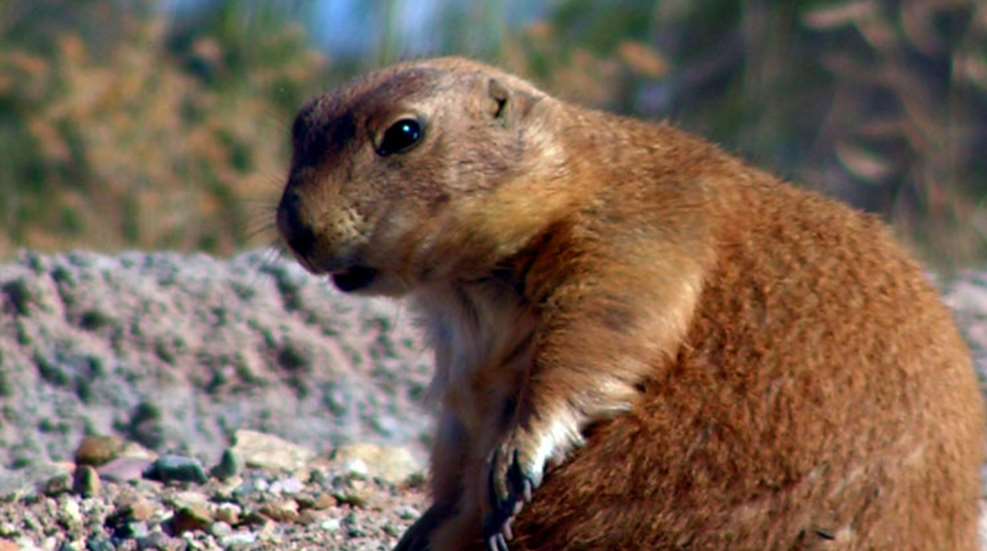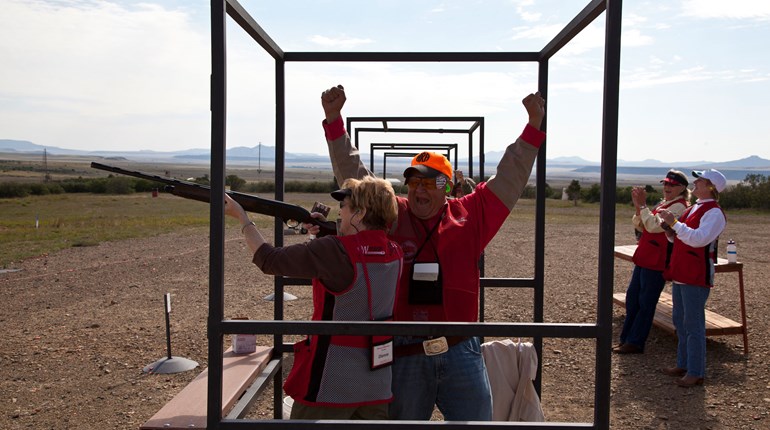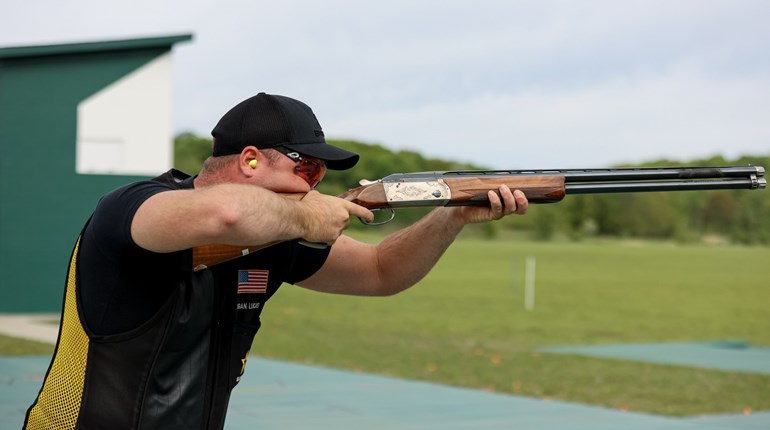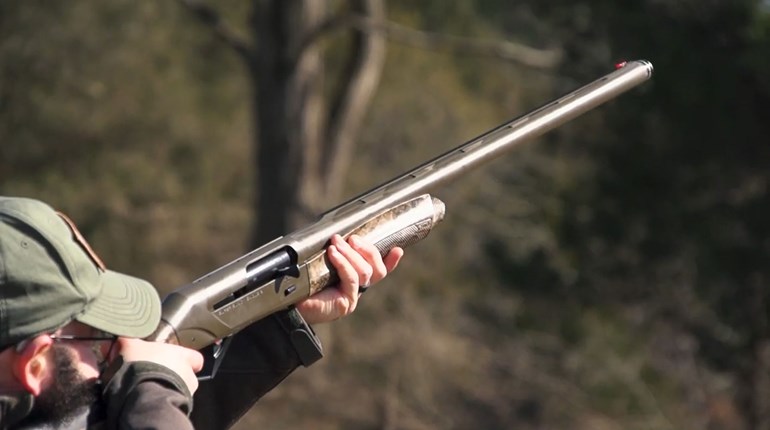
When Lewis and Clark’s famous journey took them to the American West, they were greeted one day by the sounds of thousands of little rodents, barking and yipping like so many dogs. They commemorated the event in their journal, noting they had “discovered a Village of an animal the French Call the Prairie Dog.” These fascinating animals range throughout the Great Plains, from the Canadian border to southern parts of Texas, and the wide array of sounds they make is responsible for their name.
Prairie dogs are members of the squirrel family, and are not much bigger than the average squirrel, weighing in at a mere 1 to 3 pounds and measuring 13 to 17 inches long. However, their behavior is much more interesting than that of the average squirrel. To begin with, these social animals live in elaborate burrows that they dig for themselves, which include sleeping areas, storage areas and even “restrooms.” The dogs congregate in these burrows in family groups, called “coteries,” which consist of one male, several females and their young. Entire networks of burrows, which are as big as half a mile wide, are called “towns.”
Also interesting are the calls for which they are named. There are up to 50 different prairie-dog “barks.” Many scientists believe that the prairie dog’s calls are tailored to specific predators, which include just about every carnivorous critter the Great Plains has to offer.
Interesting as they are, these animals can and do cause problems for the people and livestock who live near them. Farmers and ranchers note that prairie dogs destroy crops...and worse. What happens is that as the prairie dogs build their towns, they either eat or burrow through the root systems of pretty much every plant in the town's area, leaving it looking like a moonscape. They then move on to a new, more verdant area to build a new town. As the plant life begins to grow back in the old "town," it obscures the entrances to the dogs' burrows, making the holes in the ground difficult to see (but very easy to step in). Livestock then steps in the holes and winds up with broken legs.
What’s more, prairie dogs are very susceptible to a disease called yersinia pestis, which is otherwise known as the bubonic plague or “Black Death.” Yes, that Black Death—the one that decimated the populations of Europe and the UK during the late medieval era. That’s why many landowners welcome hunters and shooters to reduce the numbers of prairie dogs on their land.
Fun Facts
- Prairie dogs do not need to drink water; they get all the water they need from their diet.
- There are five species of prairie dogs: black-tailed, white-tailed, Gunnison’s, Utah and Mexican.
- The largest recorded prairie-dog town covered 25,000 square miles.







































